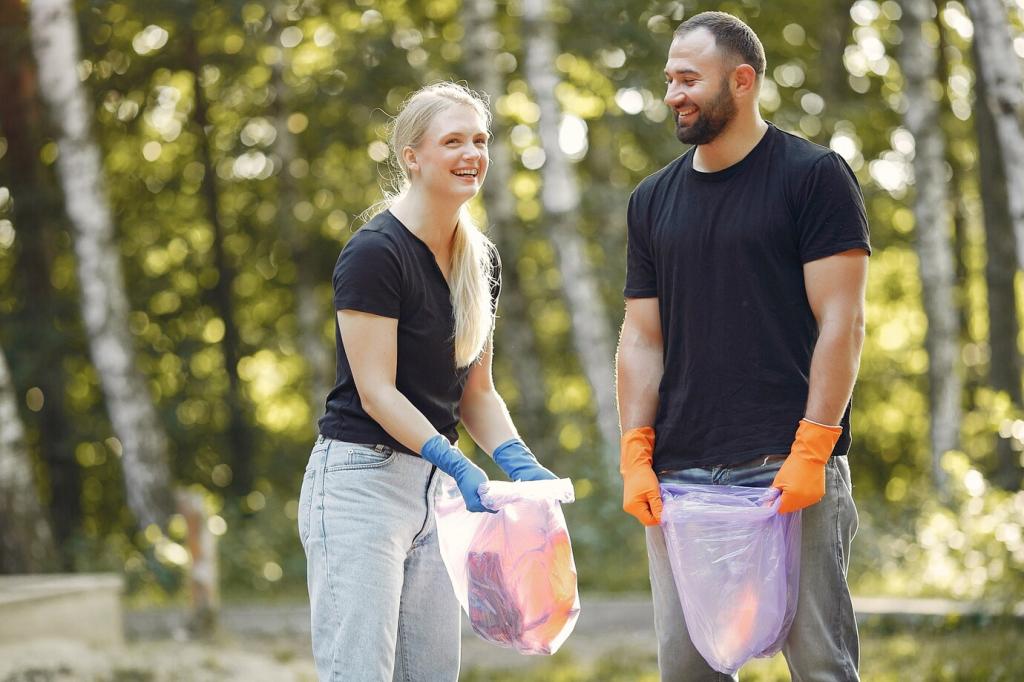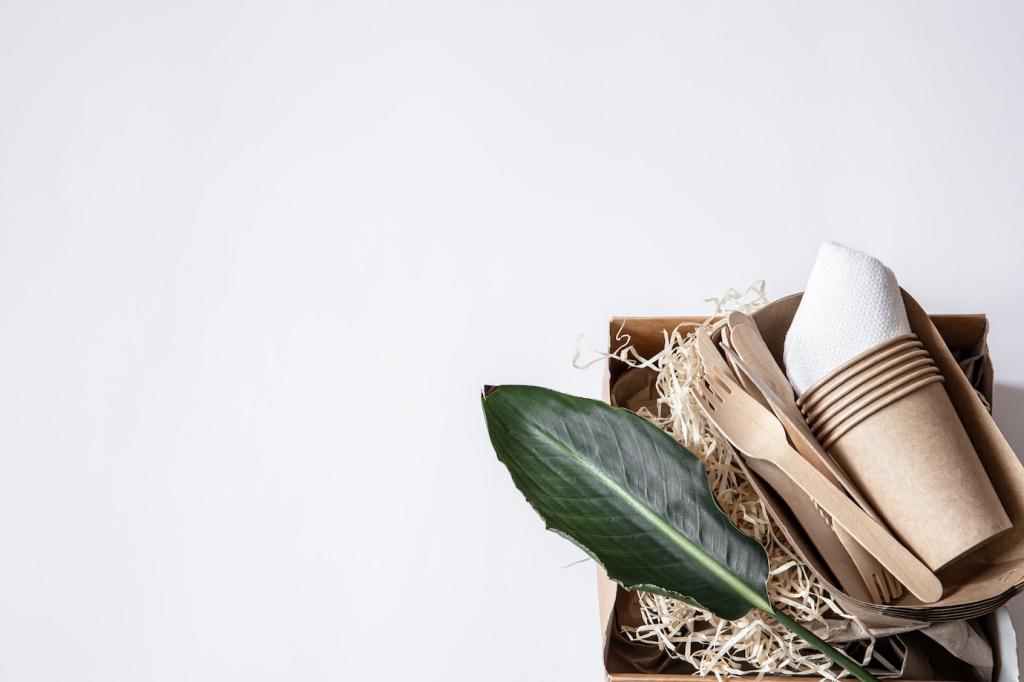Pantry Recipes That Actually Work
Sift a fine layer of baking soda over dry upholstery, tuck it lightly into seams, and leave it overnight. Vacuum slowly using a brush attachment. Repeat weekly for a month to erase deep, stale notes without harsh chemicals or lingering residues.
Pantry Recipes That Actually Work
Combine one part white vinegar with three parts water, add a few clean citrus peels, and steep for a day. Lightly mist musty fabric surfaces, then air-dry thoroughly. The vinegar evaporates, taking odors with it. Join our newsletter for more gentle ratios.




